We explain what the Universe is, its origin and how it is composed. Also, what are its general characteristics and the Solar System.
What is the Universe?
We call the Universe all the various forms of matter, energy and momentum, and the entirety of space and time. Based on the Big Bang theory , it is estimated that the universe is constantly expanding in the three spatial dimensions but also in the fourth dimension, which is time.The Universe is governed by constant physical laws, many of which are verifiable on Earth, while others remain unknown or under investigation.
Distances in the universe are so great that they must be measured in light years. A light year is the distance that light travels in a year, and it is equivalent to 9 and a half billion kilometers.
Characteristics of the Universe:
-
Origin and age of the universe
Observable universe
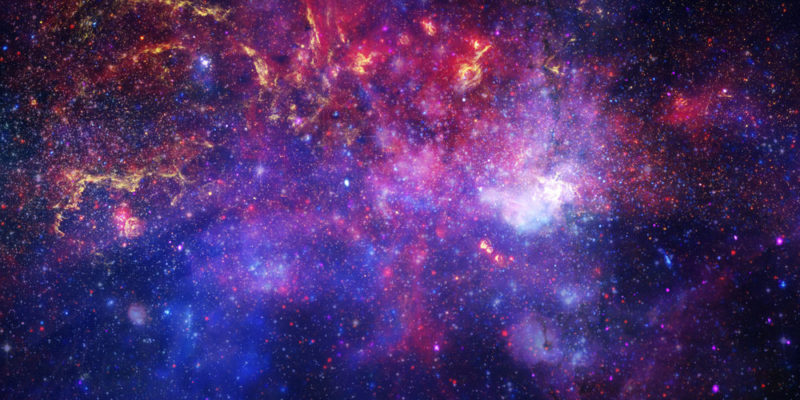
The universe that we can know is only a portion of the total universe. The total universe could become infinite . However, the observable or visible universe is limited. It includes all the matter and all the energy that has affected us since the beginning of the total universe. A series of characteristics of the observable universe have been established:
- Its size is approximately 46.5 billion light years, in all directions from Earth. It is important to note that the Earth is not at the center of the universe but is simply our point of view from which we can delimit the observable universe.
- The observations indicate that the form of the observable universe is flat.
- Contrary to what we might think, scientists have pointed out that the universe has a very light ocher color, which was called "cosmic latte" (Cosmic Latte).
-
Composition
- Dark energy: It produces a pressure that tends to accelerate the expansion of the universe. Although there is no experimental evidence of its existence, it is the way to explain the expansive movement of the universe, within the standard model of cosmology.
- Dark matter: It is a type of matter that does not emit any type of electromagnetic radiation.
- Atoms: They are the most elementary particles of ordinary matter. The Earth, inanimate objects, organisms and even the human being is composed of atoms.
Galaxies
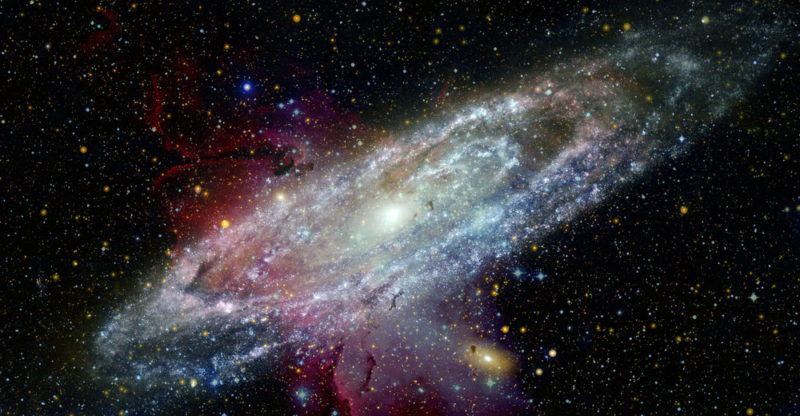
The largest-scale organization found in the universe are galaxies . They can be classified according to their shape:
- Elliptical galaxies: They have a defined internal structure with little interstellar matter. Since the stars that compose them are in a very advanced stage of evolution, they are considered the oldest type of galaxies.
- Spiral galaxies: They have a central nucleus from which arms arise that form the spiral. In the nucleus there are a large number of stars and almost no interstellar matter. In contrast, interstellar matter is abundant in the arms, as are young stars. Within the observable universe, 75% of galaxies are spirals. A subtype of spiral galaxy is the barred spiral galaxy, which has only two arms. An example is our galaxy, the Milky Way .
- Lenticular galaxies: It is estimated that they were spiral galaxies that lost their interstellar matter and their arms, leaving only the nucleus.
- Irregular galaxies: They are those that do not have a defined configuration like the three previous types.
-
Stars
 Stars are spheres of gas , whose brightness is due to the nuclear reactions suffered by the gases that compose them . The first gas to undergo nuclear fusion is hydrogen , because it is the simplest element, with a molecule of a single atom with a single proton and neutron and a single electron. When the hydrogen is depleted, other heavier substances undergo nuclear reactions, and the star turns into a red giant.
Stars are spheres of gas , whose brightness is due to the nuclear reactions suffered by the gases that compose them . The first gas to undergo nuclear fusion is hydrogen , because it is the simplest element, with a molecule of a single atom with a single proton and neutron and a single electron. When the hydrogen is depleted, other heavier substances undergo nuclear reactions, and the star turns into a red giant.The Sun is the closest star to Earth and the gas that undergoes nuclear fusion is hydrogen. This can be determined by the color of your light.
Planets

The planets are bodies that have sufficient mass for its strength of gravity generate a spherical body. Planets revolve around a star, traveling in an orbit . No two planets share the same orbit.
-
Solar system
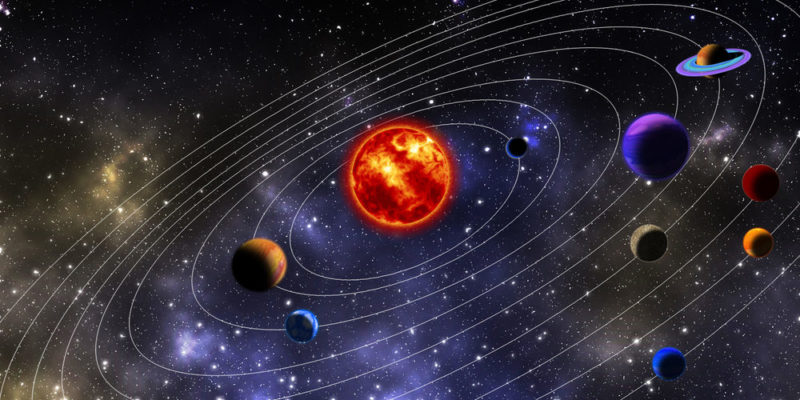 It is the planetary system in which the Earth is located. All exploration that humans have made of the universe so far is limited to the Solar System . The center of the Solar System is the Sun, whose gravitational force has created the orbits of eight planets (in order of proximity to the sun):
It is the planetary system in which the Earth is located. All exploration that humans have made of the universe so far is limited to the Solar System . The center of the Solar System is the Sun, whose gravitational force has created the orbits of eight planets (in order of proximity to the sun):
- Terrestrial planets: Composed of rock and metal .
- Mercury: The planet closest to the sun and the smallest in the system. It has no satellites . Compared to Earth, it is 0.055 in size.
- Venus: Similar to Earth in size, mass, and composition, although it has no satellites. It is 0.866 Earths in size.
- Earth: Its only natural satellite is the Moon, but it currently has a multitude of man- made satellites . It is the densest planet in the system.
- Mars: Its reddish appearance is due to the iron oxideon its surface.
- Gaseous planets: Compounds of ice and gases.
- Jupiter: The largest in the system, being 318 times larger than Earth.
- Saturn: The only planet in the system that has visible rings. The rings are a collection of millions of particles, which revolve around the planet.
- Uranus: In ancient times it was not considered a planet due to its slow orbit, but it was listed as such in 1781.
- Neptune: It is seventeen times larger than Earth. Since it is so far from Earth, it could not be observed, but its existence was mathematically calculated due to certain irregularities in the orbits of Uranus, Saturn and Jupiter. It was first observed in 1846.
Satellites
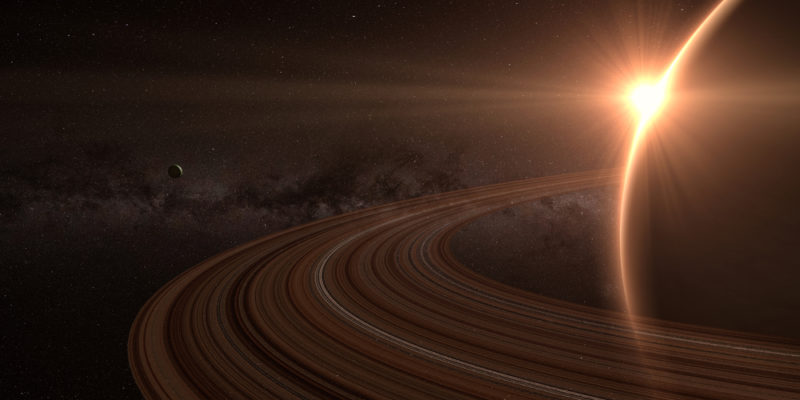
They are the celestial bodies that revolve around the planets. Just as Earth has a satellite (the Moon), other planets in the Solar System also have satellites, with Jupiter having the largest number, with 63 satellites.
-
Asteroids and comets
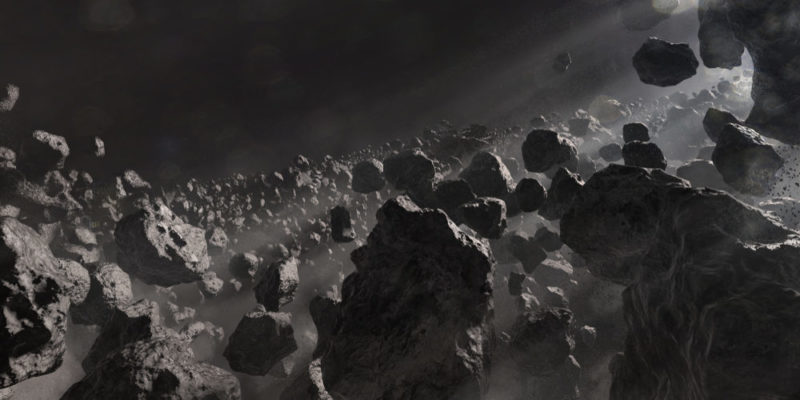 They are rocky objects that orbit a star . Unlike planets, they can intersect with other celestial bodies in describing their orbit. Their sizes are highly variable.
They are rocky objects that orbit a star . Unlike planets, they can intersect with other celestial bodies in describing their orbit. Their sizes are highly variable.
Cosmology
Cosmology is the science that studies the universe . It is the combination of multiple scientific disciplines, such as physics, astronomy and chemistry, but also of other areas of thought , such as philosophy .
The above content published at Collaborative Research Group is for informational and educational purposes only and has been developed by referring reliable sources and recommendations from experts. We do not have any contact with official entities nor do we intend to replace the information that they emit.
MA student of the TransAtlantic Masters program at UNC-Chapel Hill. Political Science with a focus on European Studies. Expressed ideas are open to revision. He not only covers Technical articles but also has skills in the fields of SEO, graphics, web development and coding. .
Leave a reply
Your email address will not be published. Required fields are marked *Recent post

Sport: What Is It, Types, Risks, Features, Characteristics and Examples

Dogs: Emergence, Features, Characteristics, Feeding and Breeds

Story: Definition, Elements, Structure, Features and Characteristics

